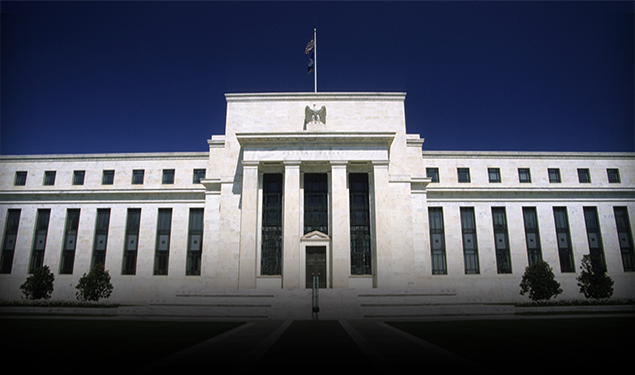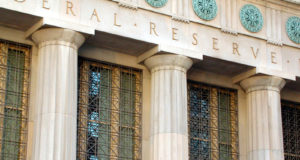The Fed Has Turned the Stock Market into an Opium Den

By continuing to cling to an utterly ineffective monetary policy and thereby extinguishing all hope for profit from bonds and T-bills, the Fed has essentially left the stock market as one of the few surviving traditional opportunities for financial returns that can outpace the catatonic increase of inflation. During the same time, like other global central banks, they have frequently and publicly dissed the value of gold, while clandestinely buying it up by the ton. This financial mismanagement travesty also explains the sudden and exponential increase of interest and investment in Bitcoin and other high-risk cryptocurrencies.
Since the Fed’s current Quantitative Easing efforts began, public companies have borrowed $1.7 trillion in cheap Fed money, earmarked for growth and infrastructure spending, but invested $2.1 trillion in company stock buyback programs that provide inflated stock prices, which translate directly into executive bonuses and a thrill for investors, but leave the company listless, unprepared and generally incapable of taking advantage of growth opportunities, should they evolve or be presented. This is just one of many reasons that I have great concerns about giving these corporations a greater windfall when it comes to taxes. Without mandating at least a direction for the new found money created for these corporations, I think past history provides all the proof necessary for what’s going to be done with it. Growth and infrastructure are great and powerful words, but without direction and controls, greed seems to have absolute and overriding capabilities. Post bailout banking practices indicate similar self-serving tendencies.
President Trump’s, “Jobs, Jobs, Jobs!” tweet promotes market banter that continues to focus on the “constantly improving job market,” but this too is nothing more than the continuation of a nine year trend. Michael Hanson, chief U.S. economist at T. D. Securities said, “The weakness in wages will not go unnoticed at the Fed, particularly for members that remained more concerned over the inflation outlook…Overall, sustained growth and labor market slack at pre-crisis lows keeps December in play.” But with two interest rate increases already this year and three planned for the next. It’s going to be a tough schedule to keep, especially considering that wages grew at their lowest rate in more than a year and a half, which is a clear sign that inflation will most probably continue to fall below projections.
The recently reported 261,000 increase in non-farm payrolls was the largest since July of 2016, but was nevertheless substantially below the 310,000 expected by most analysts, as many leisure and hospitality workers returned to work, following the layoffs from hurricanes in Texas and Florida. Regardless of the paralysis gripping investors, they should be reminded that capturing profit from an all-time high market and converting to a precious metals investment with elements one-third to two-thirds below previous highs is an intelligent and responsible financial move. Continued paralysis could become very expensive and very quickly. Don’t get caught without a chair when the music stops!




Hi! I’m at work surfing around your blog
from my new iphone! Just wanted to say I love reading through your blog and look forward to all your posts!
Carry on the fantastic work!